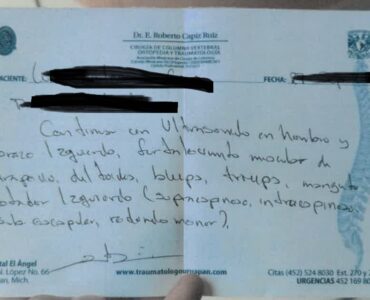Translating texts from one language to another sounds simple. But in reality, many things can go wrong. The Internet is full of stories about translations from hell. Some translations are funny in their stupidity. That’s why it is so important to perform stringent QA on translations. This is true whether you are a translation company PM, a corporate executive, a development manager or a private individual.
In this post, we will review typical types of errors that translators or translation companies can make.
Grammar
When a sentence in the translation violates the grammar rules of the target language, we are faced with a grammatical error. Lack of agreement between subject and verb, incorrect verbal inflections, and incorrect declension of nouns, pronouns or adjectives are all examples of typical grammatical errors. There are various ways to check the grammar using software. The most common tool is the grammar checker that can be found in Microsoft Office applications. MS Office supports non-English languages as well. There are other online grammar checking tools in English as well as in other languages.
But even if you use software to check for grammar errors, there is no substitution for a separate review by a translator/reviewer. It is highly recommended to have the translation reviewed by a second person, using what is referred to as the four-eye principle.
Syntax
If the arrangement of words or other elements of a sentence does not conform to the syntactic rules of the target language, the translator is making a syntactic error. Reversing the order of the parts of speech can also cause transfigurations at the level of meaning.
Spelling
A spelling error occurs when a word or character in the translation is used incorrectly and does not conform to the conventions of the target language. As in the previous case, misspelling becomes a big problem when it generates a semantic misunderstanding. Like with grammar, spell checking can be done effectively using software.
But unlike grammar checking, it is usually sufficient to spell check using software. However, in some cases it is more difficult to spell check. Like when translating software resource files where the translatable texts are enveloped by lots of tags and markup code. Or in high end DTP applications where spell checking is not supported. In these cases, a second review will weed out any spelling errors.
Punctuation
A punctuation error occurs when the target language conventions for punctuation are not followed, including those that govern the use of quotation marks, commas, semicolons, and colons.
Stylistic Addition
A stylistic addition error occurs when the translator introduces unnecessary elements of meaning, including aspects of tone such as irony or intensification.
Stylistic Omission
A stylistic omission error occurs when one or more elements of meaning are left out by the translator. This covers not only the textual information but also the author’s tone such as irony and escalation.
Mistranslation/Skipped Segments
Some translations come back with skipped segments or with text which was not translated. These types of errors are relatively easy to detect and does not require good command of the target language. Furthermore, these types of errors occur infrequently when the translators use a CAT (Computer Aided Translation) tool since the software guides the translator segment-by-segment.
Terminology
A terminological error occurs when the translator chooses a word or phrase of content with an incorrect or inappropriate meaning in the context of the source material. Translation of terminology should be researched and should match the accepted conventions depending on the target audience, whether it be technical, legal and such. Abbreviations are especially tricky: some abbreviations will remain the same, while some others have different use in the target language. Here too, research is required. Fortunately, the Internet offers a wide range of tools to do this research quickly and efficiently.
Poor choice of words
These errors occur when the phrasing or phrasing conventions in the target language are not respected or when the idioms of the target language are used incorrectly. When writing text that is intended for translation, idiomatic speech and humor should be avoided. Such texts do not translate well and often lead to poor translations. An experienced translator/editor will be able to filter idiomatic texts and avoid a literal translation which will read poorly in the target language.
Style
A style error occurs when the choice of grammar structure or other elements is inappropriate for the type of publication. For example, if the target language typically uses infinite verb forms, the use of imperative verbs is a mistake.
Using online translation software to check translation quality
If you do not have the time or resources for a separate review of the translation, you still have a pretty good option to check the translation. Just run it through an online machine translation tool like DeepL and translate it back into the original language. This is a good technique but has some drawbacks. It will help you detect missing segments if such exist. And it will usually indicate whether the translation is correct. However, depending on the language pair it may return poor translations which may lead you to conclude that you received a poor translation. This is often not the case, since MT is often unreliable. Still-using MT for overall quality testing is usually a good idea.






Thank you for this article, have been learning from your blogs on translation, keep posting 🙂